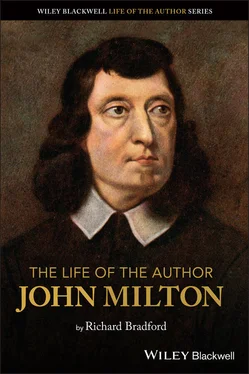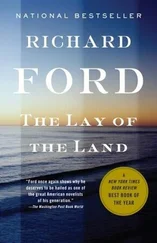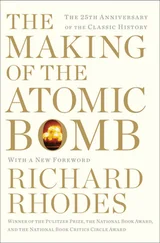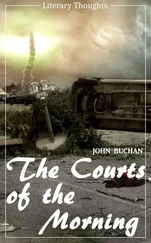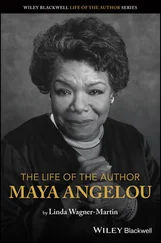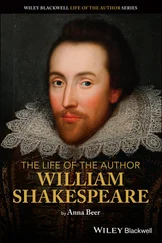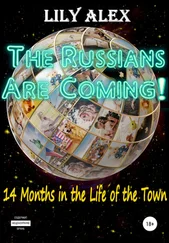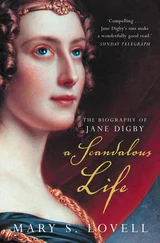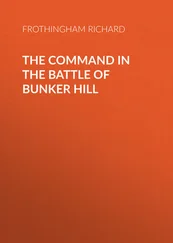Apart from a few revisions of psalms the only poems in English by Milton before he received his Bachelor of Arts degree in 1629 were ‘On the Death of an Infant Dying of a Cough’ and ‘At a Vacation Exercise in College’. Both are skilled and competent pieces of work, yet as the latter suggests they read more as exercises than as confident poetic statements. The ‘Elegia’ to Diodati on the other hand is a precocious, masterly blend of technical refinement and candid informality. Latin seemed to be the medium in which the teenage Milton felt most comfortable. It was the principal language of intellectual and theological debate, reliable and established; while English, like England, appeared to incorporate unease and uncertainty.
In February 1626, Charles I was crowned at Westminster Abbey. His predecessor James I (crowned 1604) had attempted to maintain Elizabeth’s balance between religious radicalism and conservatism and with a degree of success. But for various reasons – including the fact that James had previously been King of Scotland and had brought with him to London many Calvinist advocates of Scottish Presbyterianism – division still continued in England. Little was known of Charles’s intentions but it soon became evident to those close to the centre of power that the new monarch lacked the intellectual and tactical acumen of his two predecessors and that the traditionalist rather than the Puritan wing of the Church of England was gaining ground. For example, it would have been customary for the Dean of Westminster, John Williams, to have officiated at the Coronation but Williams was known to sympathise with the more radical elements of Anglicanism. He was mysteriously absent, his place being taken by William Laud, then Bishop of Bath and Wells, who favoured the practice of Catholic rites and who would eventually become Archbishop of Canterbury and fervent supporter of the Royalist cause during the Civil War.
As the episode with Chappell suggests, there is evidence that Milton maintained an informed awareness of contemporary religious and political developments. Indeed, during 1626 Cambridge itself became the stage for a series of events which reflected the ongoing tensions of London. Two candidates stood for the post of Chancellor of the University: George Villiers, Duke of Buckingham enjoyed the explicit support of the king, while Thomas Howard, Earl of Berkshire was promoted by the House of Commons. Effectively, it was High Anglicanism versus Puritanism. Chancellors were elected by fellows of colleges and Buckingham won by a very slight majority. The Commons suspected Royal intrigue and vote rigging, demanded the suspension of Buckingham, and Charles, in response, prorogued Parliament on 26 June. It was as though the early scenes of the Civil War were being rehearsed in the Halls of Academe.
Milton would have witnessed these events – the election was the subject of public debate throughout the university – and a Latin poem written a few months later in early 1627, as a letter to his ex-tutor Thomas Young, shows that he knew and thought a great deal about closely related matters. In ‘Elegia Quarta’ he presents Hamburg, where Young was still Pastor of the English Church, as a city under siege by the pro-Catholic armies of the ongoing Thirty Years War. (In military terms it was not, but its reputation as a centre for Lutheran Protestantism offered evidence to its symbolic status as a bastion.) In the poem he addresses Young as a tragic exemplar of the true religion who like many others has been forced to flee to the solidly Protestant enclaves of Europe or New England.
Milton, in April 1629, was awarded his Bachelor of Arts degree. With his new tutor, Nathaniel Tovey, he had worked hard and acquired a qualification which was the equivalent, in modern classification, of a borderline First. He decided to stay on and do a Master’s degree. Since the late sixteenth century, graduates of Oxford and Cambridge have been allowed to shift to MA from BA status by virtue of some almost magical notion of grandeur conferred by the two institutions; they could leave and earn themselves a postgraduate qualification as a kind of long-service award. Why exactly Milton chose to continue with a regime of intensive study is a matter for speculation; what is known is that, on Christmas Day 1629, he began what would be his first significant poem in English, ‘On the Morning of Christ’s Nativity’. Poems celebrating holy days were a customary feature of Renaissance culture, but what is striking about this one is a sense of intellectual presence which carries it beyond standard expectations of a respectful poeticisation of the birth of Christ. He virtually challenges the reader to engage with the gigantic complexity of the event. It set a precedent for verse that would follow, and introduced Milton as a figure for whom poetry, while attending to its aesthetic obligations, was a vehicle for contention, exposition and ratiocination.
The political and theological issues of Milton’s early years would play their part in subsequent writing and thinking, but what of the role of contemporary poetry?
Shakespeare was still alive during Milton’s early childhood and the Mermaid Tavern, where Ben Jonson and other writers with a taste for drink held their ‘merry meetings’, was a few hundred yards from Bread Street. In 1621, John Donne, then aged forty-nine, became Dean of St Paul’s and Milton, as a pupil at the Cathedral school, would have heard him preach. Donne’s verse would not appear in print until 1633, shortly after his death, but manuscript copies were in circulation among poetry enthusiasts of the day and it is not impossible that these would have passed through the Bread Street household. Even if the young Milton knew little of the verses themselves he must have been aware that the Dean, the renowned religious orator, had turned his skills privately to the secular mode of verse. It is therefore both intriguing and puzzling that Donne and his work feature neither in Milton’s writings nor in records of his opinions.
Twentieth-century consensus esteems Donne as the archetype of a school of writing, predominant in England during the early seventeenth century, known as Metaphysical Poetry. Samuel Johnson in his Lives of the Poets (1779) offered a concise description of the Metaphysicals’ technique; in their verse ‘heterogeneous ideas are yoked by violence together’. Johnson was referring, albeit disapprovingly, to the so-called conceit, a metaphor which emphasises and frequently does not attempt to resolve the paradoxical relationship between two ideas, perceptions or states of mind. T.S. Eliot in a 1921 essay on the Metaphysicals offered a single line from Donne’s ‘The Relic’ as an example of this: ‘A bracelet of bright hair about the bone’. The bone referred to is the wrist of a man’s skeleton, uncovered many years after burial but still bearing the thread of a woman’s hair as a token of his endless love for her. In eight words Donne has compressed a catalogue of opposing concepts: life as temporary versus love as timeless; physical decay versus imperishable beauty; a decorative token versus eternal commitment, etc.
Other poets of the period whose work involved the frequent use of the adventurous conceit were George Herbert (1593–1633) and Andrew Marvell (1621–78). As these dates indicate several of the writers who would later be classified as belonging to the Metaphysical School were near contemporaries of Milton – indeed Marvell would become his colleague and close friend. As a young man, when evolving his own perceptions of English poetry, Milton would have been aware of the writings of the first generation of the Metaphysicals, particularly that of Donne and Herbert (Herbert, incidentally, was University Orator during Milton’s first few years at Cambridge), but we know practically nothing of what he thought of it. Parker, Milton’s biographer, writes that ‘London was not so large that a young poet found it impossible to meet the masters of his art if he desired to do so. Milton, unfortunately, left us no account of such meetings’ (1968, p. 61).
Читать дальше
